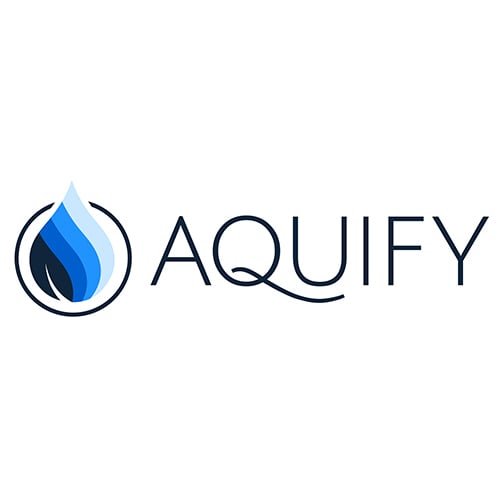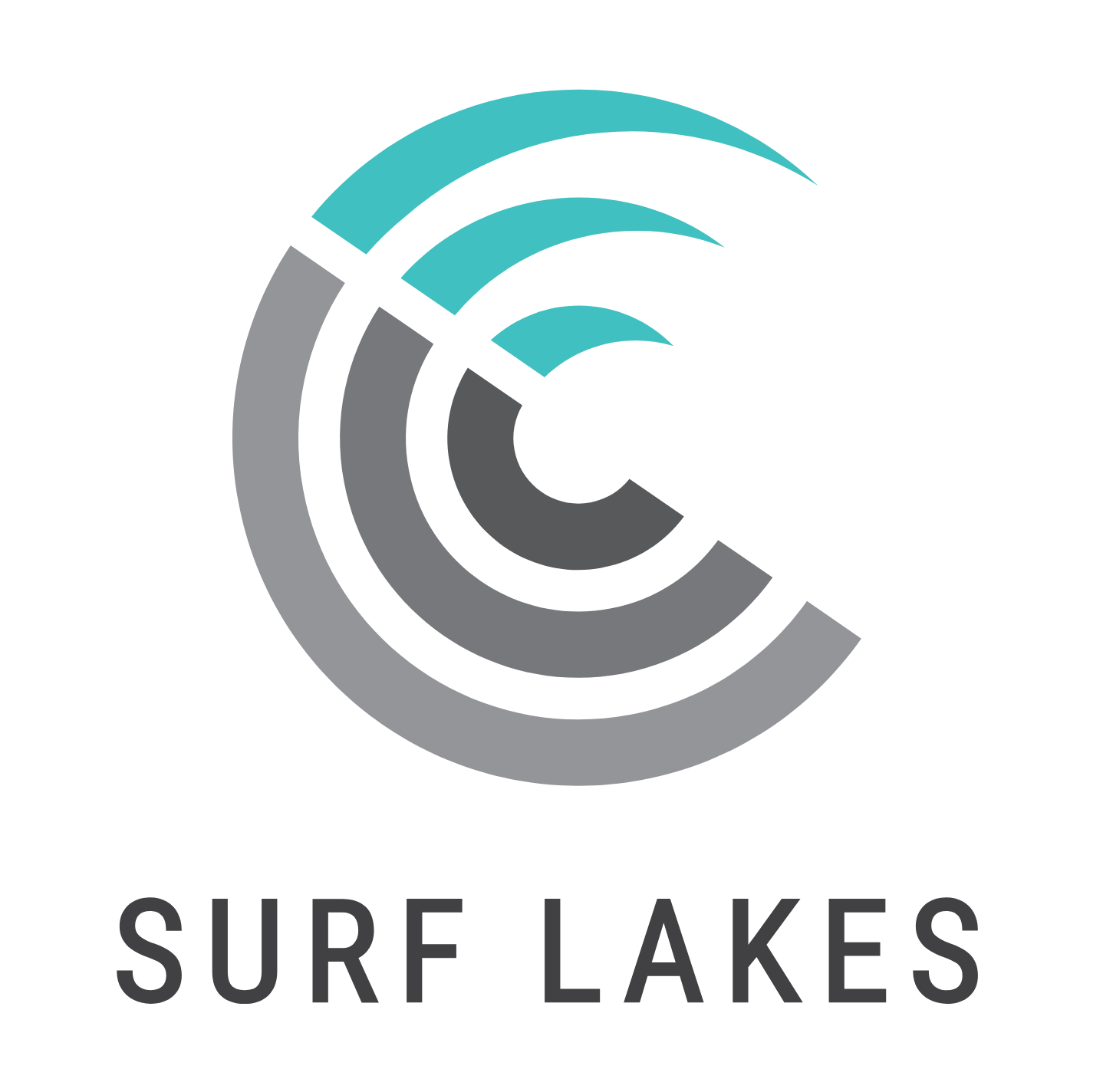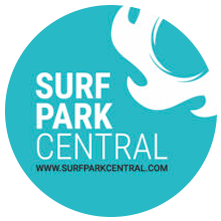By Jess Ponting
Four Ways to Show Surfing’s Economic Value
How can we communicate all the physical, mental, community, and economic benefits of surfing to non-surfing government administrators, decision makers, and the general public where surf park developments are concerned? While surf brand Billabong’s tagline ‘Only a surfer knows the feeling’ rings true, it just adds to the opacity for those on the outside trying to look in.
The body of research that has explored the value of surfing to communities has been almost exclusively designed to support arguments in favor of the preservation of surf breaks. Understanding contributions to local economies and physical and mental health provides a useful point of leverage against other, more environmentally destructive forms of development that may degrade or destroy a surf break (e.g., coastal armoring, marina developments, port developments etc). These same data are also useful in support of surf park developments.
In Part 1, I’ll explore different methods of calculating the value of surfing to local economies as well as the value of international surf tourism on a global scale. In Part 2, I’ll look at academia’s contributions to understanding the physical benefits of surfing and recent attempts to value the mental health benefits of surfing in terms of its contribution to well-being and productivity. Most of the research we’ll look at relates to surf breaks in natural settings. It is clearly also applicable to surf parks, but the extent to which values are directly transferable is open to interpretation.

Perhaps the most well-known valuations of surf breaks are a result of the direct valuation methodology originally conceived by Surfrider Foundation USA CEO Chad Nelson and known as Surfonomics. The methodology has been adopted by the World Surfing Reserves program. Surfonomics studies are now routinely carried out for surf breaks within World Surfing Reserves. Values for total annual local economic expenditure have been calculated for a number of surfbreaks around the world: See table 1 below.
Table 1. Total Annual Local Economic Expenditure Attributed to Surfing
| Location/Surf Break | Total Annual Local Economic Expenditure Attributed to Surfing |
| Gold Coast, Queensland, Australia | $820,000,000 |
| Trestles, California, USA | $45,000,000 |
| Uluwatu, Bali, Indonesia | $35,000,000 |
| Mavericks, California, USA | $23,800,000 |
| Stradbroke Island, Queensland, Australia | $20,000,000 |
| Playa Hermosa, Guanacaste, Costa Rica | $14,300,000 |
| Pleasure Point, California, USA | $8,400,000 |
| Pichilemu, Cardinal Caro, Chile | $1,600,000 – $6,400,000 |
| Mundaka, Biscay, Spain | $4,500,000 |
| Guarda do Embau, Santa Catarina, Brazil | $4,200,000 |
| Lobitos, Talara, Peru | $3,600,000 |
| Huanchaco, Trujillo, Peru | $1,700,000 |
| San Miguel, Baja California, Mexico | $360,000 |
It is worth considering that these surf breaks are all subject to seasonality and unfavorable weather, swell, and tidal conditions that render the majority of days suboptimal in terms of surf quality awith significant variability in quality over the course of each day. Surf parks offer extremely high quality conditions all day every day, with only variations in wind (and therefore surface conditions) and temperature impacting the number of waves available for surfers to ride. This theoretically enables a smoothing of demand curves as compared with surf breaks in nature where many surf destinations are subject to an extreme seasonality of mini boom and bust cycles where destinations and their hospitality industries are either virtually empty or over capacity based on surf forecasts and web cams.

A completely different methodology using Nighttime Lighting as a Proxy For Economic Activity Around Surf Breaks was used by economists at Oxford University and the University of Sydney to calculate the economic activity generated by 5000+ of the world’s surf breaks across 146 countries (but concentrated in Australia and the US).
Australian surfer/economists Thomas McGregor and Samuel Wills were flying over the Moroccan coast at nightime and noticed areas of light along an otherwise dark coast clustered around high quality surf breaks. Inspired by this observation, they combined data on spatial and temporal variation at surf breaks globally with data on local economic performance indicated by nighttime lighting. Their 2016 working paper paper Surfing a Wave of Economic Growth found that good quality surf breaks increase economic activity around USD$18-$22 million per surf break, per year. A newly discovered surf break increases economic activity of an area by an average of 3%. The increases are highest with higher quality surf breaks and are particularly concentrated when the surf is good (e.g. El Nino years in some locations bring bigger and more regular swells and increased economic development). Extrapolating these values across the 5000+ surf breaks included in the study, US$50 billion in economic activity is generated each year around surf breaks.
While a making a direct comparison of the economic activity likely to be created by naturally occurring surf breaks and surf parks is problematic, if wave quality and the frequency of quality conditions maximize economic activity in natural settings (which they do), the high wave quality for every hour of operation, every day of opening, in many cases well into the hours of darkness seem likely to maximize the economic impact of surf parks. Additionally surf parks involve significant employment in the operation of the facility and direct spending on the waves themselves in addition to normal surf related spending on hospitality and accommodation.
Yet another approach to determining the value of surf breaks was explored by natural resource economist Dr Jason Scorse, Director of the Center for the Blue Economy at the Monterrey Institute for International Studies in 2015. Dr Scorse led a team that used a hedonic price method (Scorse, Reynolds, & Sackett, 2015) to estimate how much value is placed in real estate close to quality surf breaks. After controlling for proximity to the beach, ocean views, the specific characteristics of homes, and neighborhood effects, Scorse’s team found that a home adjacent to a quality surf break is valued approximately USD$106,000 higher than an equivalent home a mile away. In fact, for every mile away from a surf break (not necessarily further from the coast), equivalent homes are worth approximately $106,000 less. Put another way, those homes closest to surf breaks are worth potentially hundreds of thousands of dollars more than equal homes on beaches without surf.
Scorse’s findings have clear implications for real estate adjacent to surf parks, and conceivably value could be added to existing residences, timeshares, and resort or hotel rooms through the addition of a quality surf lagoon. Anecdotal evidence is already coming from Brazil where developers have seen a 10x increase in residential property values with the addition of a surf lagoon (Sean Young, Surf Park Summit 2022).
A number of studies have suggested that surfers are more mobile than the rest of the population in terms of travel. In 2021 I published research conducted with my colleague Dr Leon Mach that established the first demand-side estimation of international surf tourism spending. Based on a 2015 survey of more than 3000 surfers we found that on average surfers take 0.928 international surf trips per year and spend an average of $1999.50 on each of these trips. Assuming there were 17-35 millions surfers in the world at the time this equates to between 15.8 million and 32.5 million international surf trips taken each year with a valuation of between US$31.5 – $64.9 Billion (Mach & Ponting, 2021).
The global surfing population exploded during the Covid 19 pandemic leading some academics to assume there are now 50 million surfers world wide. In a 2022 survey of just over 1000 surfers we found that intention to travel internationally post-pandemic averaged at 1.4 trips per year and average spend had increased to $2500. Using the same rationale as the published research this would equate to US$175 billion in annual international surf travel. Of course intentions are not actions but these more recent numbers do suggest the current value of international surf tourism is much higher than the 2015 data suggest.
Anecdotally, surf trips to surf parks are beginning to replace some percentage of international surf travel, and significant proportions of surfing populations have used surf parks despite the relatively small number of parks open to the public. In a 2023 survey Surf Park Central conducted in partnership with Surfline it was found that 22% of respondents to the survey had used a surf park and that 30% had flown on an aircraft to get there. Previous research suggests that 99% of surfers would like to use a surf park, and that ease of access is currently the main barrier to participation.































You must be logged in to post a comment Login